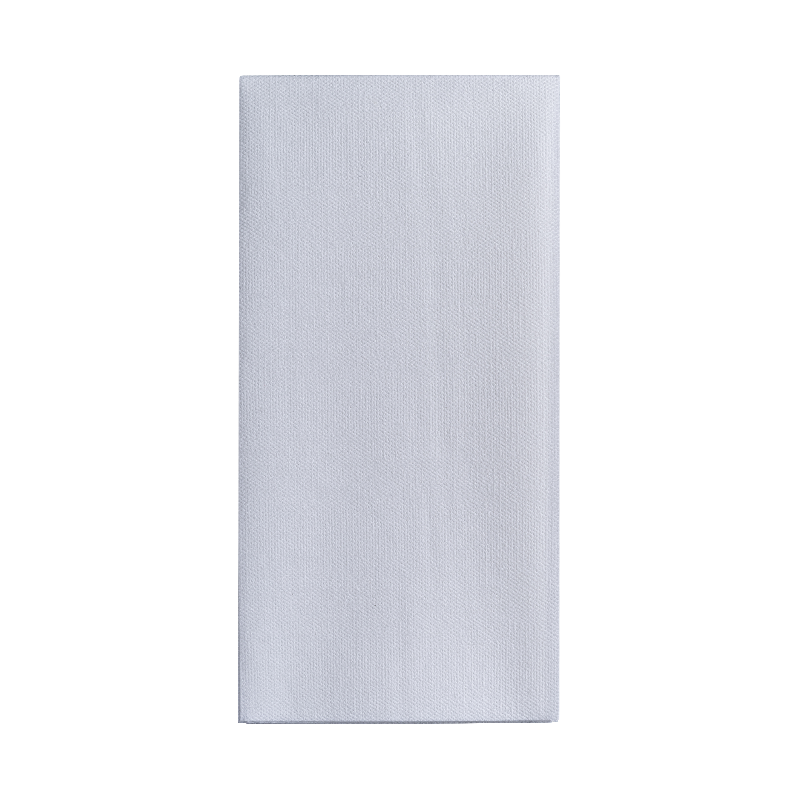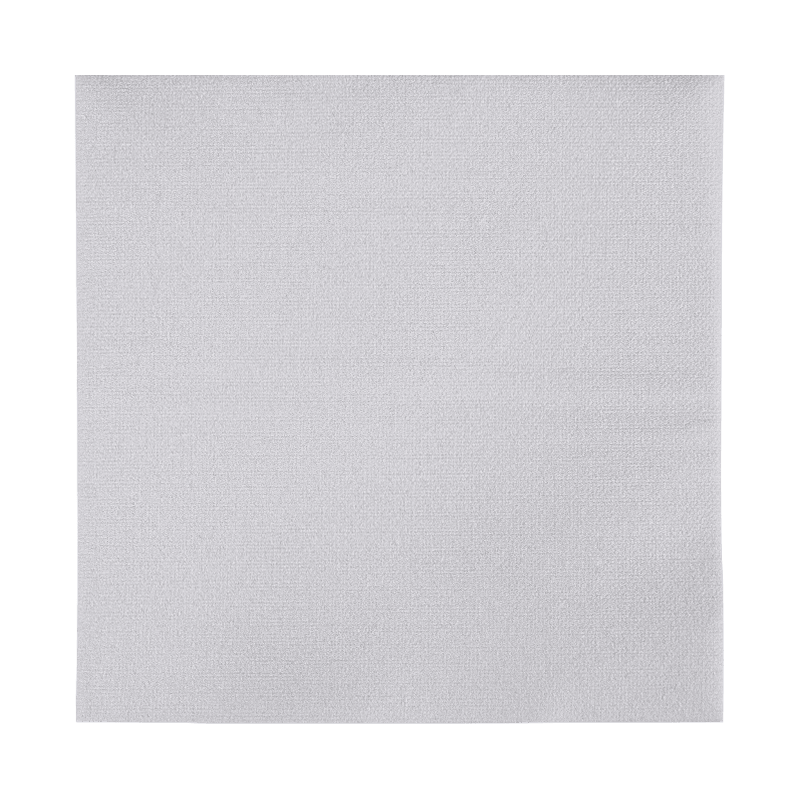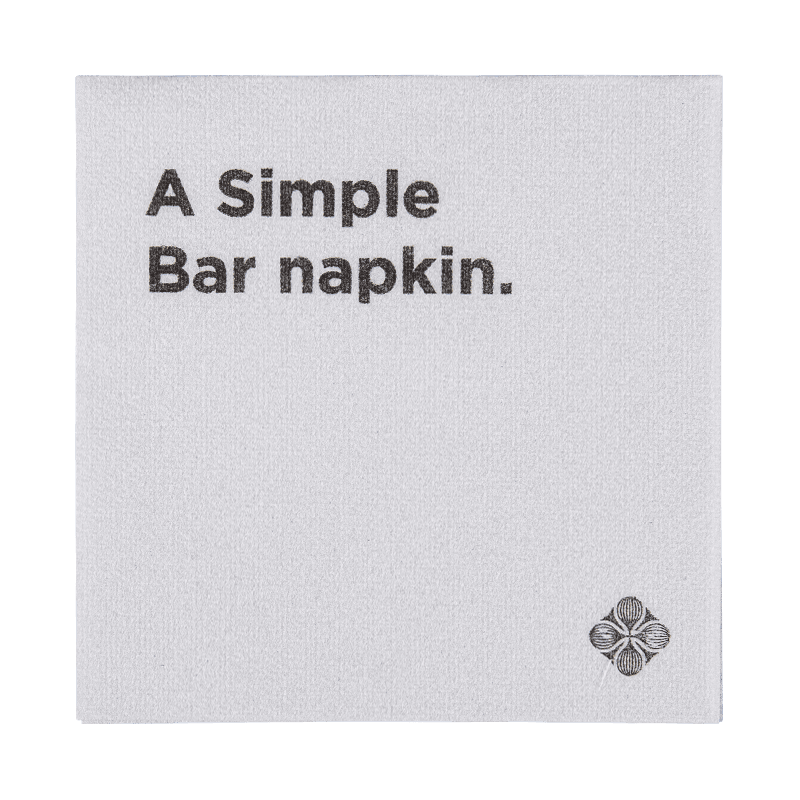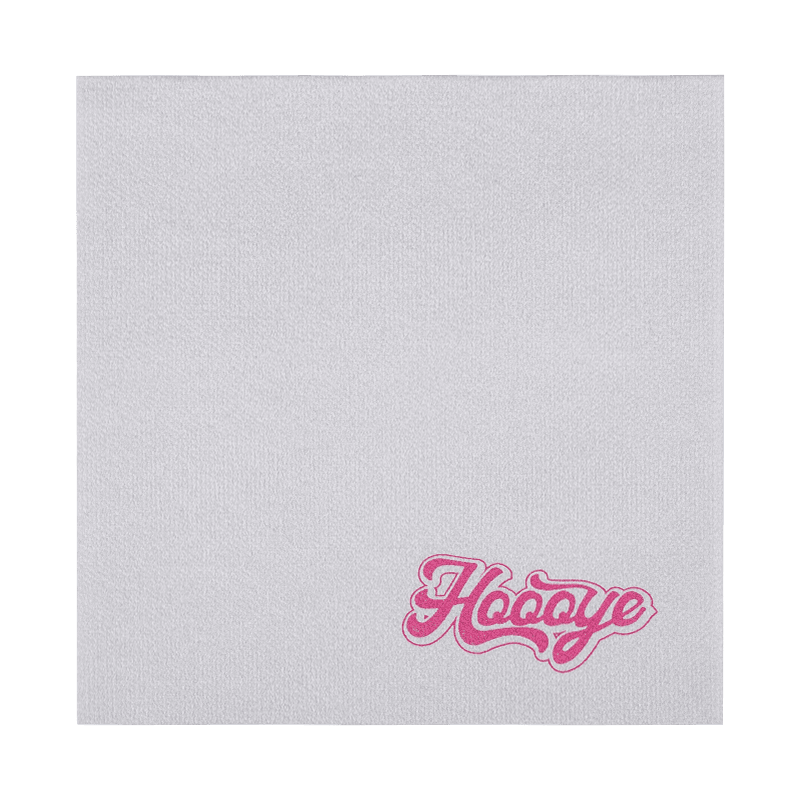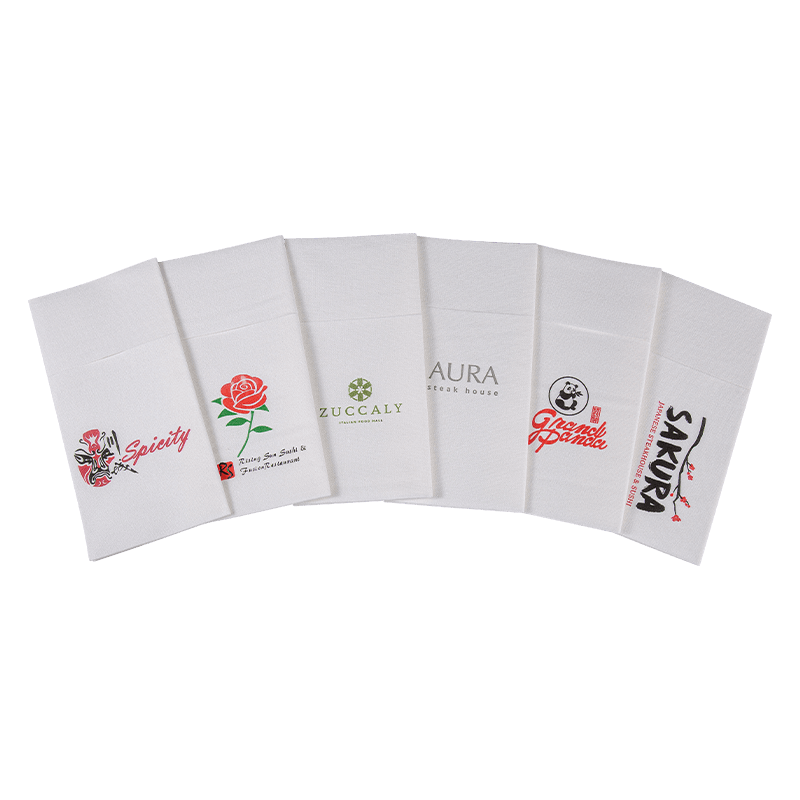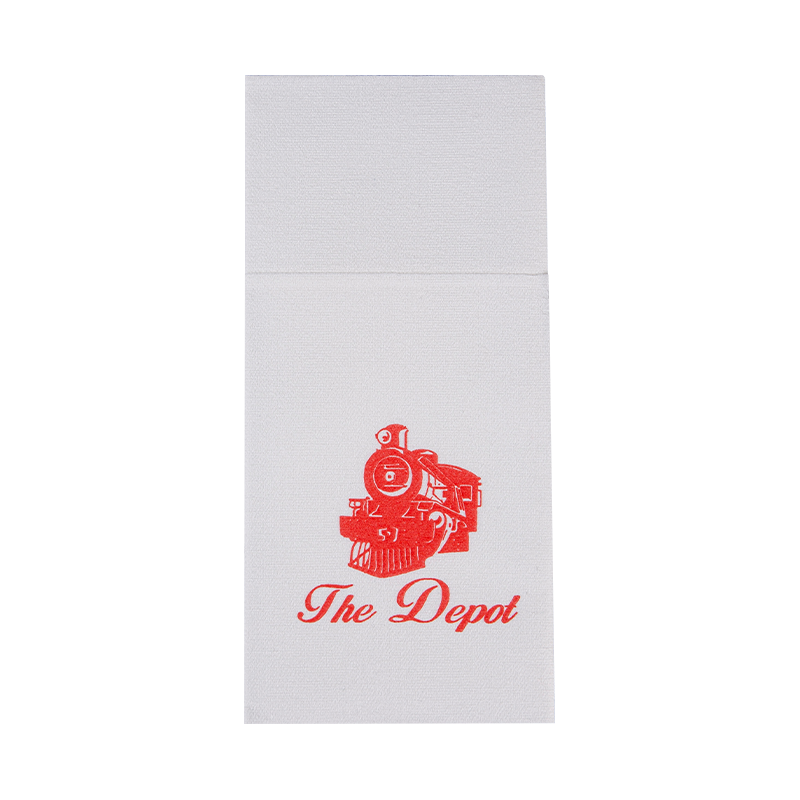Medium to High Absorbency Black Airlaid Napkins: The Secret Behind Water Absorption
The core manufacturing process of medium to high absorbency black airlaid napkins is air-laid technology, which breaks through the traditional fabric forming method and uses airflow as a medium to construct a fiber network. During the production process, extremely short wood pulp fibers are finely crushed, entrained by high-speed airflow and transported to the web-forming equipment. Under the strong action of the airflow, the wood pulp fibers get rid of the conventional gravity stacking mode, interweave with each other in a disordered and uniform state, and finally naturally deposit on the surface of the collection device to form a fiber network. This way of dynamically distributing fibers by airflow gives the fiber network a unique spatial structure. Compared with traditional mechanically pressed or spunlace-formed napkins, its forming principle determines that it has a natural water absorption advantage.
Forming mechanism of pore network
The microstructure of the fiber network constructed by air-laid technology is the key to understanding the high water absorption of napkins. Because the fibers move randomly and deposit in the airflow, a large number of irregular pores and channels are naturally formed between the interlaced wood pulp fibers. These pores vary in size, from micron-sized gaps to sub-millimeter-sized open holes, together forming a complex three-dimensional network. Different from the relatively regular and compact structure formed by the traditional web-forming process, the fiber arrangement after air-forming presents fluffy and loose characteristics, with fewer bonding points between fibers and significantly improved porosity. This unique structure makes the napkins extremely open at the microscopic level, providing sufficient space for the rapid entry and transmission of water molecules, which is the material basis for achieving efficient water absorption.
Synergistic effect of pore structure
When water contacts the surface of medium to high absorbency black airlaid napkins, the pore structure of the fiber web immediately takes effect. According to the principle of capillary action, water molecules, driven by the surface tension of the pores, quickly penetrate into the interior of the napkin along the pore channels. Due to the difference in pore size, a multi-level capillary suction gradient is formed: small pores produce strong suction, prompting the rapid adsorption of water molecules; larger pores serve as transmission channels to accelerate the depth diffusion of water. The hydrophilicity of the wood pulp fiber itself and the pore structure produce a synergistic effect. The hydroxyl groups on the fiber surface form hydrogen bonds with water molecules, which help guide the water molecules to migrate inward while absorbing water. This water absorption dynamics process dominated by the pore structure enables the napkin to absorb a large amount of water in a very short time, which is significantly faster than the water absorption speed of traditional napkins, and effectively prevents liquid from remaining on the surface or overflowing.
Balance between structural stability and functionality
The air-laid technology not only gives the napkin excellent water absorption performance, but also achieves a delicate balance between structural stability and functionality. Although the fiber arrangement is fluffy, the subsequent reinforcement process can make the fiber web have suitable mechanical strength without destroying the pore structure. This process design ensures that the napkin can still maintain its shape after absorbing a large amount of water, avoiding damage or deformation due to decreased wet strength. The uniform distribution of fibers during the air-laid process ensures the consistency of the overall water absorption performance of the napkin. Whether it is the edge or the center area, it can achieve fast and balanced water absorption, providing users with a stable and reliable use experience.


 English
English  Español
Español 


